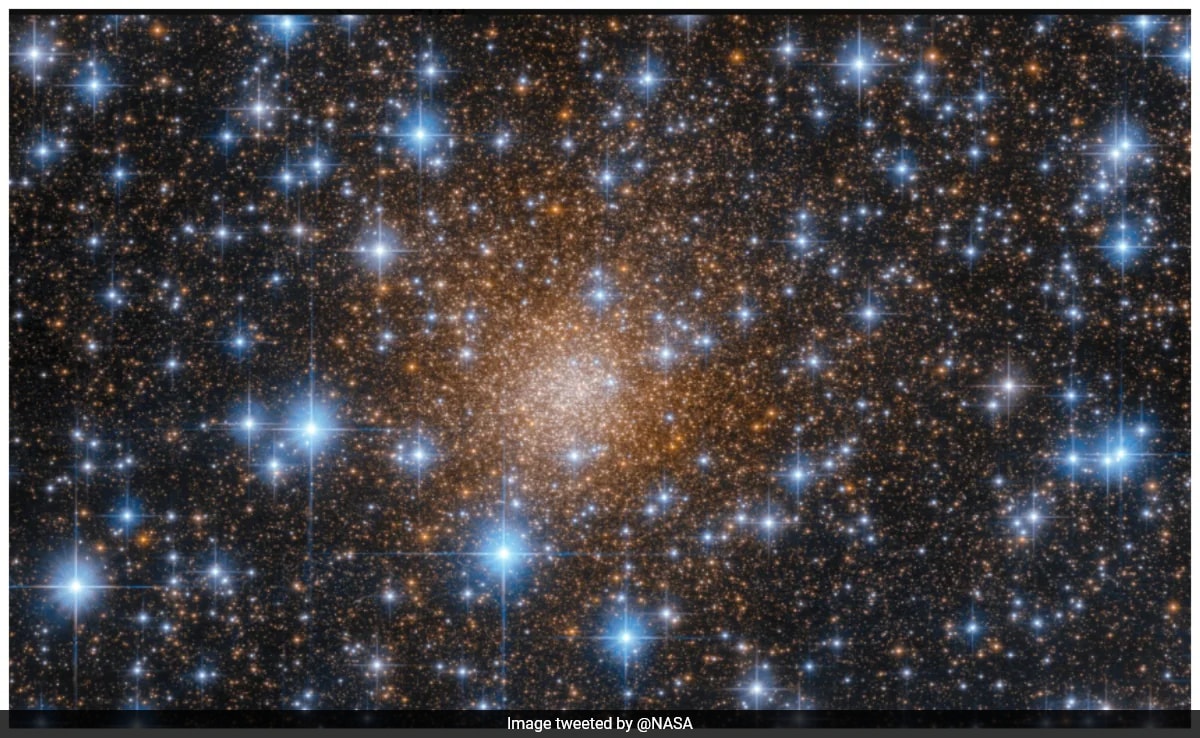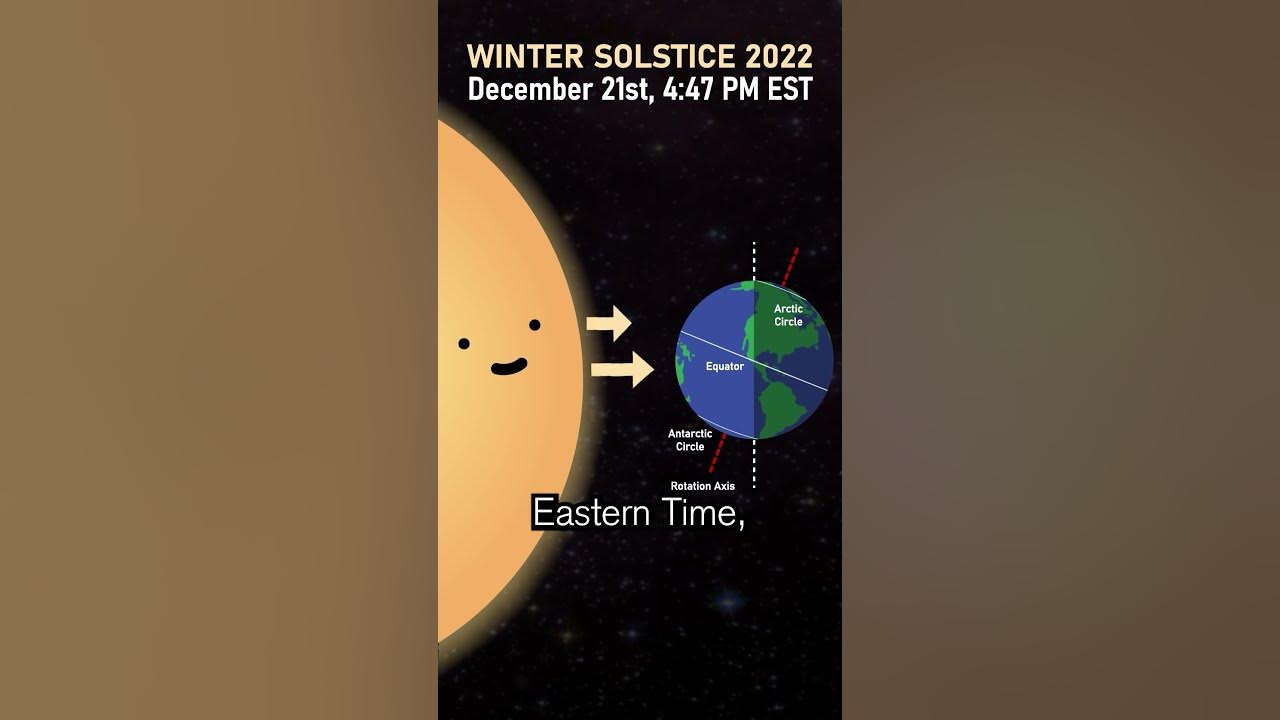


As the world celebrates Diwali, NASA joins in with a breathtaking image of one of the Milky Way's most spectacular star-forming regions, the Omega Nebula. This vibrant and fiery image, captured by the Hubble Space Telescope, showcases the beauty and secrets of evolution within the nebula, including the presence of a hidden young star cluster. Even astronaut Sunita Williams, currently aboard the ISS, shared Diwali greetings and reflected on the festival's themes of hope and renewal.
NASA Celebrates Diwali with Breathtaking Image of Milky Way's Omega Nebula
As the world celebrated Diwali, the festival of lights, NASA shared a stunning image from the Hubble Space Telescope showcasing the Omega Nebula, one of the Milky Way's most vibrant star-forming regions. This celestial spectacle, resembling a vibrant fireworks display, embodies the themes of hope, renewal, and the triumph of light over darkness associated with Diwali.
The Omega Nebula: A Stellar Tapestry
The Omega Nebula, also known as the Horseshoe Nebula, is located in the constellation Sagittarius, about 6,500 light-years away from Earth. This vast cosmic cloud of gas, dust, and star clusters is a region of intense star formation. The Hubble image captures a breathtaking panorama of gaseous tendrils, glowing clouds, and countless young stars.
A Hidden Star Cluster Unveiled
Within the Omega Nebula, astronomers have discovered a previously unseen young star cluster, hidden amidst the swirling cosmic tapestry. This cluster, known as NGC 6164, is estimated to be around 2 million years old and contains hundreds of stars in its infancy.
A Cosmic Greeting from Space
Astronaut Sunita Williams, currently aboard the International Space Station, extended Diwali greetings from her unique vantage point. She shared a heartwarming message, reflecting on the festival's themes of hope and renewal and the cosmic parallels it holds.
Top 5 FAQs on the Omega Nebula and Diwali
1. What is the significance of the Omega Nebula's resemblance to a horseshoe?
The Omega Nebula's central region forms a striking horseshoe shape, which earned it its nickname. This shape is created by two clouds of ionized gas that are being pushed away from each other by the intense radiation from nearby young stars.
2. How big is the Omega Nebula?
The Omega Nebula spans approximately 15 light-years in diameter, making it one of the largest star-forming regions in the Milky Way.
3. What is the origin of the Diwali festival?
Diwali, also known as Deepavali, is an ancient Hindu festival that celebrates the victory of good over evil and the triumph of light over darkness. It is traditionally observed with fireworks, lights, and prayers.
4. How does NASA's image of the Omega Nebula relate to Diwali?
The Omega Nebula image, with its vibrant colors and celestial spectacle, echoes the themes of light and renewal associated with Diwali. It serves as a cosmic reminder of the enduring nature of light and the hope it brings.
5. What other celestial events are associated with Diwali?
The festival of Diwali is traditionally celebrated during the Hindu month of Kartik, which coincides with the new moon phase. This alignment allows the stars to shine brighter, further illuminating the night sky and symbolizing the festival's victory of light over darkness.

A team of researchers has developed a groundbreaking algorithm to efficiently transform a given matrix by setting its rows and columns to zero in place. This new algorithm, which has been extensively tested and refined, has the potential to greatly improve the computational efficiency and speed of this common operation in the fields of mathematics and computer science. With this breakthrough, scientists and programmers will have a powerful tool to more effectively manipulate and analyze data in various applications.

Every year on December 22, National Mathematics Day is celebrated to honor the life and achievements of Srinivasa Ramanujan, one of the most influential mathematicians in history. Despite growing up in extreme poverty, his groundbreaking contributions to mathematics continue to inspire researchers today. This day not only celebrates his legacy but also recognizes India's rich history in mathematics and encourages students to explore the world of numbers.

A bone box with the inscription "James, son of Joseph, brother of Jesus" was recently put on display in Atlanta, Georgia. The box is believed to have once held the remains of James the Just, brother of Jesus, making it the oldest physical evidence of Jesus. Despite some controversy and accusations of forgery, the box has been declared authentic by experts.

As the winter solstice approaches on December 21st, the Northern Hemisphere will experience the shortest day and longest night of the year. This natural phenomenon has captivated people for centuries, with ancient traditions and festivals taking place around the world. Through science, we can understand why this occurs and how it affects different regions of the world differently.

Every year, the Northern Hemisphere experiences the arrival of winter on the winter solstice, which marks the shortest day and longest night due to the Earth's tilt on its axis. As the North Pole is furthest from the sun, it receives the least amount of sunlight, resulting in a gradual lengthening of days towards the arrival of spring. This year, the winter solstice falls on December 21 and will be celebrated by people worldwide in various ways to mark the significant celestial event.

In a miraculous surgery, doctors at Kurnool Government General Hospital successfully removed a one-foot stick from the stomach of a 12-year-old boy who had fallen from a tree and suffered an abdominal injury. The head of the Paediatrics Department, Dr Shiva Kumar, along with doctors from the orthopaedic and anaesthesia departments worked together to perform the three-hour long surgery. The patient, Irfan, is now able to walk on his own and is expected to make a full recovery in a month.

NASA has released stunning new images of two nearby star clusters that resemble a wreath and a Christmas tree. These clusters, known as NGC 602 and NGC 2264, are located in the Small Magellanic Cloud and are made up of young stars. The images were created by combining data from NASA's Chandra X-ray Observatory and James Webb Space Telescope. As we celebrate the winter solstice, take a moment to marvel at these cosmic Christmas decorations.

Vladimir Putin's announcement about the development of a cancer vaccine in Russia has stirred up a wave of hope among patients and experts alike, with its promised release for general use as early as 2025. As the world grapples with the devastating effects of cancer, the Russian vaccine, developed with the help of AI technology, could potentially revolutionize the way we understand and treat the disease. However, with other countries also racing to develop their own versions of cancer vaccines, the competition is stiff, and the details of Putin's claim are yet to be revealed. If successful, this could mean the end of the world's biggest killer.

Indian-American astronaut Sunita Williams and her colleague Barry Wilmore have been stuck at the International Space Station for six months due to a malfunctioning spacecraft. Their rescue mission has been further delayed as NASA announced a delay in the return flight on SpaceX's Crew-9 Dragon capsule. They are now expected to spend close to ten months in space, raising concerns about their health as astronauts require twice as many calories in space due to changes in their metabolism. NASA's Commercial Crew Programme Manager has commended the SpaceX team for their efforts in preparing a new spacecraft for the mission.

Russian scientists have developed a vaccine that may be able to treat cancer, offering hope to patients who previously had no guaranteed cure. The vaccine is currently in testing and is expected to be available in early 2025. While there is still more testing to be done, pre-clinical trials have shown promising results in slowing the growth and spread of cancer. It will be available for free in Russia, but there is no information yet on which types of cancer it will treat or what the name of the vaccine will be. Similar treatments are also being developed in other countries, such as the UK.